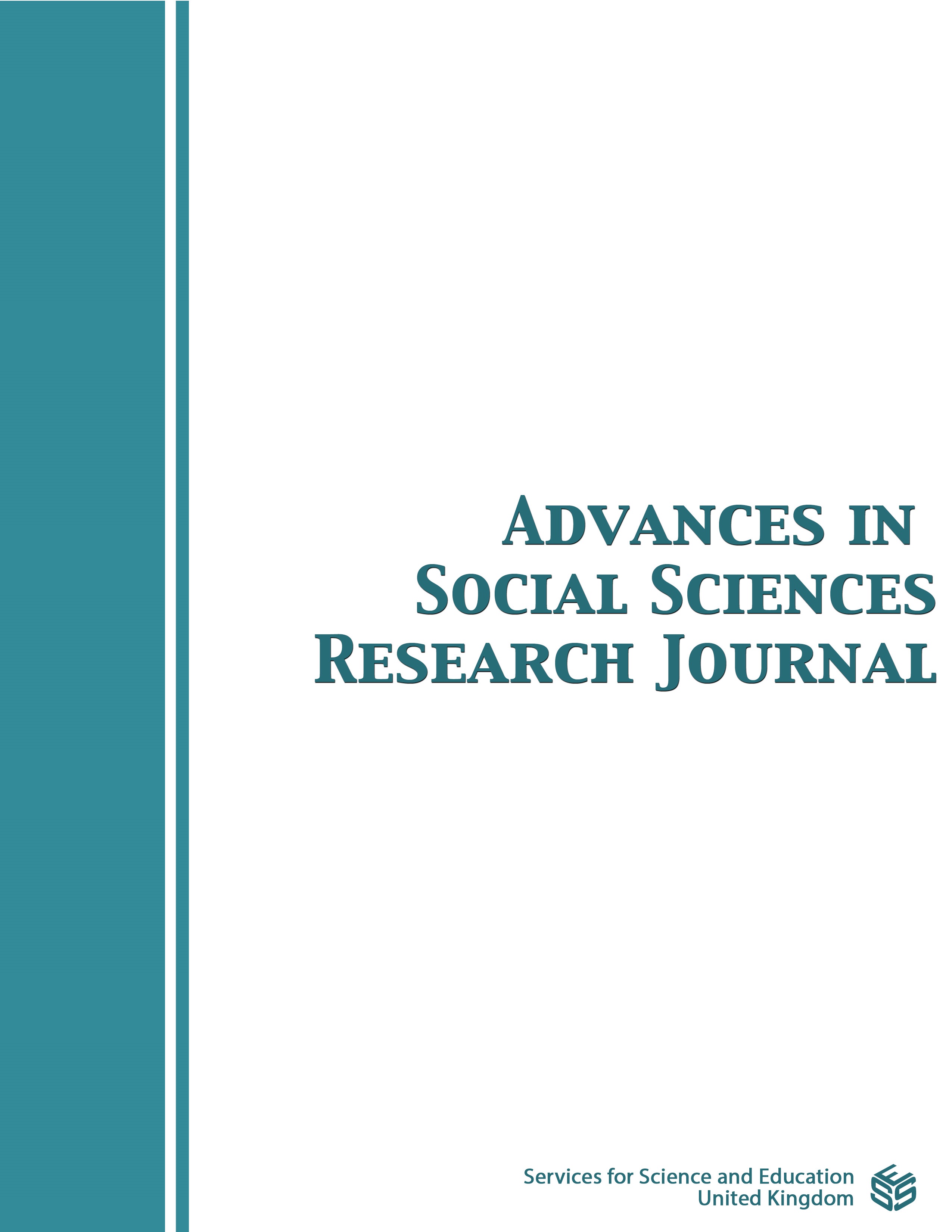Developing Students’ Prosocial Behavior Through Collaborative Teamwork Teaching
DOI:
https://doi.org/10.14738/assrj.87.10602Keywords:
Prosocial behavior, Individual and situational factors, collaborative teamwork teachingAbstract
Developing students’ prosocial behavior is a very important program in the living situation that increasingly complicated, individualistic, and hedonistic. It is important because prosocial behavior refers to voluntary actions that intended to help or benefit another individual or group of individuals. The present study was designed to examine the effectiveness of a collaborative teamwork teaching to develop the prosocial behavior of elementary school students. It was an experimental study with one group pretest-posttest design. The experiment was carried out in three elementary schools. They were Islamic Al-Azhar Elementary School (SD Islam Al-Azhar), State Elementary School 34 (SD Negeri 34), and Muhammadiyah Elementary School (SD Muhammadiyah) Pontianak. There were four aspects of the students’ prosocial behavior to develop. These aspects were sharing, helping, cooperating, and caring. The results of the study showed that the collaborative teamwork teaching was effective to develop the prosocial behavior of students in three elementary schools. All of the investigated aspects got improved. They were categorized “high”, except the aspect of caring. It was classified as “medium”.
References
Andersen, S.M. (1993). Future-Event Schemes and Certainty about the Future: Automatically in Depressives’ Future Event Predictions. Journal of Personality and Social Psychology, 63, p.711-723.
Eisenberg, N.; Fabes, R.A.; Spinrad, T.L. (2007). Prosocial Development. Handbook of Child Psychology. New York: John Wiley, pp.646-718.
Sanstock, J.W. (2009). A Topical Approach to Live Span Development. New York: McGraw-Hill.
Twenge, J.M.; Baumeister, R.F.; Ciarocco, N.J.; dan Bartles, M.J. (2007). Social Exclusion Decrease Prosocial Behavior. Journal of Personality and Social Psychology, 92, p.56-66.
Eisenberg, N. and Mussen, P.H. (1989). The Roots of Prosocial Behavior in Children, Cambridge: Cambridge University Press.
Holliwell, J.F. and Putnam, R.D. (2010). The Social Context of Well Being. Philosophical Transaction of the Royal Society, New York: Biological Sciences.
Staubhaar, J.D. (2009) Media Now: Understanding Media, Culture, and Technology, Boston, Wadsworth.
Decety, J. (2011). The Neuroevolution of Empathy. Annals of the New York Academy of Science, New York: Wiley.
Pinel, J. (2011). Biopsychology, 8th Edition. New York: Pearson.
Aktar, R.; Sugiura, Y.; and Hiraishi, K. (2021). Associations Between Acceptance-Rejection and Adolescents’ Prosocial Behavior in Japan: The Mediating Role of Sense of Authenticity. Child and Adolescent Social Work Journal. 21 June 2021.
Kirkland, K.; Jetten, J.; Wilks, M., and Nielsen, M. (2021). How Economic Inequality Affects Prosocial Behavior in Children Across Development. Journal of Child Experimental Psychology. Vol. 210, October 2021.
Xin Yi, C.C.; Yu, V.; and Hua Chen, V.H. (2021). In the Mood for Doing Good: The Influence of Positive and Negative Emotions in Game Narrative on Prosocial Tendencies. Proceeding of the 54th Hawaii International Conference on System Sciences. 2021.
Covey, S.R. (2009). The Seven Habits of Highly Effective People. New York: A Fireside Book.
Flynn, R.G. (2005). Smooth Sailing for Teamwork. Personal Journal, 14, 18-25.
Graham, T.S. (2007). Cooperative Learning: The Benefit of Participatory Examinations in Principles of Marketing Classes. Journal of Education for Business, 42, 112-118.
Davis, L.M. (2006). Job Preparation for the 21st Century: A Group Project. Journal of Education for Business, 12, 119-123.
Howard, S.A. (2009). Guiding Collaborative Teamwork in the Classroom. Effective Teaching, 3, 21-28.
Asrori, M. (2018). Perkembangan Peserta Didik. Yogyakarta: Media Akademi.
Popham, W.J. & Sirotnik, K.A. (2013). Educational Statistics: Use and Interpretation. New York: Harper & Row.
Downloads
Published
How to Cite
Issue
Section
License
Copyright (c) 2021 Asrori Muhammad, Chairil Effendy

This work is licensed under a Creative Commons Attribution 4.0 International License.
Authors wishing to include figures, tables, or text passages that have already been published elsewhere are required to obtain permission from the copyright owner(s) for both the print and online format and to include evidence that such permission has been granted when submitting their papers. Any material received without such evidence will be assumed to originate from the authors.






